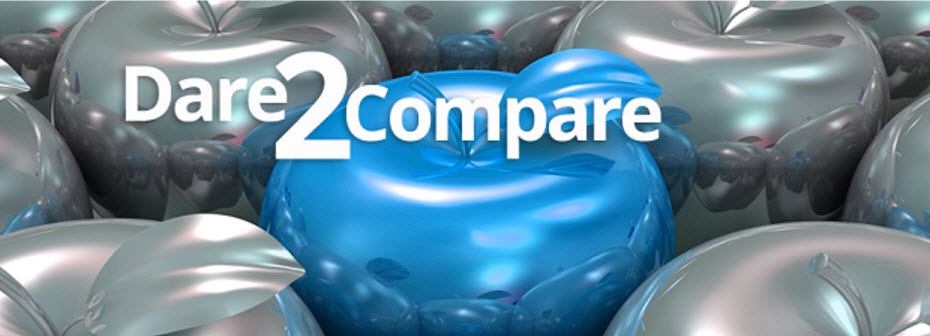FlexApp Layering from Liquidware Labs is evolving at a rapid pace. With that in mind we have updated the content with the primary white paper. Here is link to the “FlexApp: Application Layering Technology White Paper”.
Here are some highlights that are included within this update:
- Optimized Architecture – As a continuation of the recent 6.5 release, version 6.5.1 adds significant infrastructure improvements with the agent and filter driver workflow that ultimately increase VHD and VMDK performance in guest. These improvements lead towards reduced CPU and memory overhead, which significantly increases the overall performance of the FlexApp environment
- Windows 10 support – Iinitially both ProfileUnity and FlexApp will provide baseline support for Windows 10. As is often the case Microsoft made significant changes to the management of the user space within the updated operating system. New Windows 10 templates have been added to ProfileUnity to address the majority of these changes. These templates will be refined over time to achieve seamless profile migrations across operating system versions using ProfileUnity
- Micro-Isolation –
- What is it?
- FlexApp’s Micro isolation is a technology that engages automatically to resolve interlayer application conflicts. The applications within the FlexApp Layer are still perceived as native to the OS and other application layers. FlexApp is just redirecting the layered applications request for a file or registry key to its own layer so two versions of the same file or registry key can coexist.
- Why is it important?
- Without Micro-isolation when creating independent layers for an application, each layer is unaware of other layers and can conflict at the file and registry level causing failures.
- What does this mean for your Application strategy?
- Normally the best way to solve application conflicts are to combine the conflicting layers into one large layer. This creates management problems, when you can’t just update a single layer and you have to deal with larger layers. This is also back to the old problem of having everything in the base image problem but at the application level, which is what everyone is trying avoid.
- Truly Dynamic Application Layering – no need to stack multiple apps in layers – instead create a single layer for each application which allows for ultimately granularity in assigning apps to users, groups and machines. It also make updating applications very simple by updating a single package for a single app rather than dealing with cumbersome multi app layers. Lastly makes packaging applications and deploying them much more successful without dealing with conflicts manually!
- What is it?
Why not take our software for a spin!!! Download and go for a test drive.
Don’t forget to check out our “Dare 2 Compare” content as well










[…] the entire article here, FlexApp Layering White paper updates via the fine folks at Liquidware […]